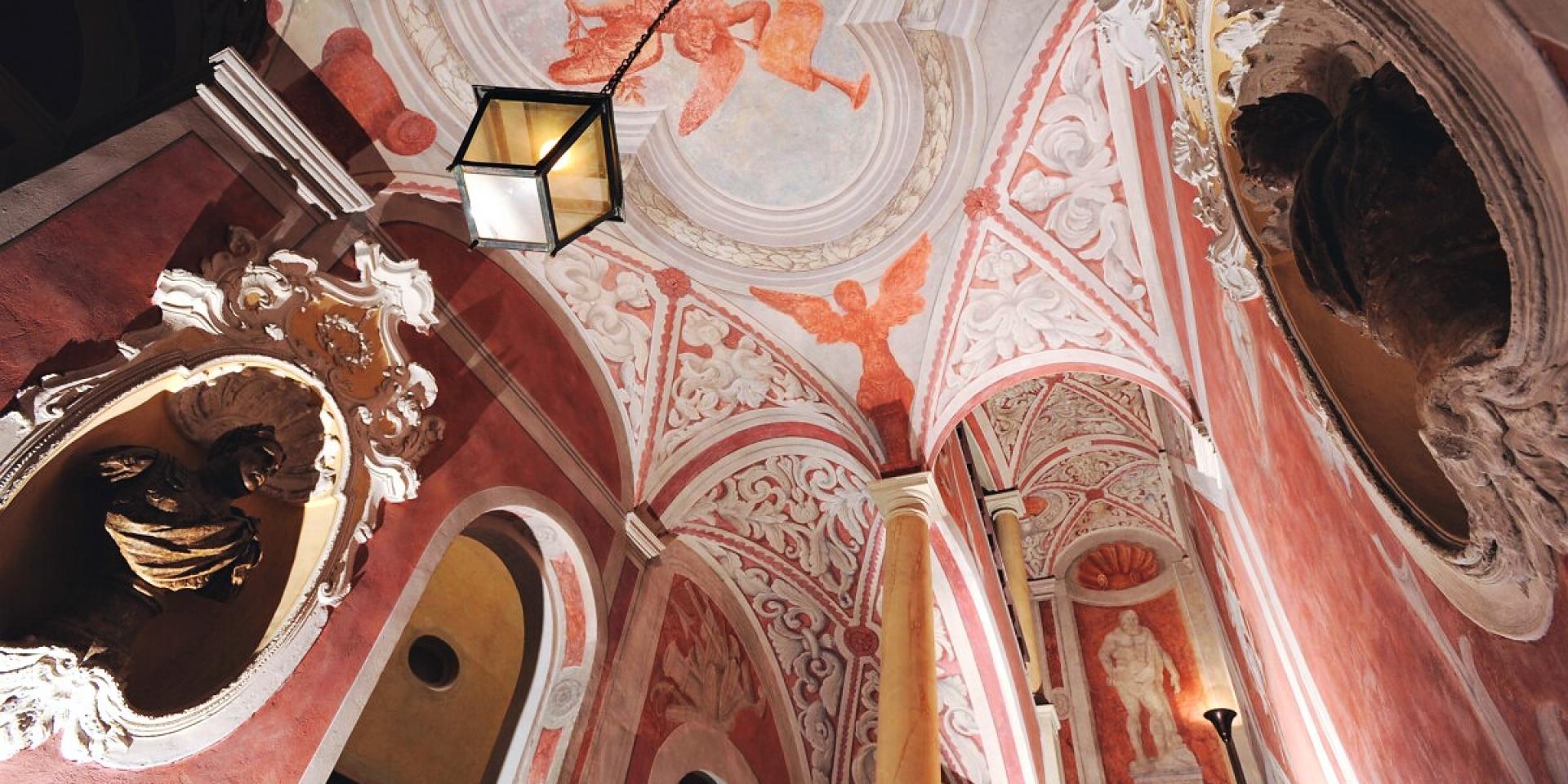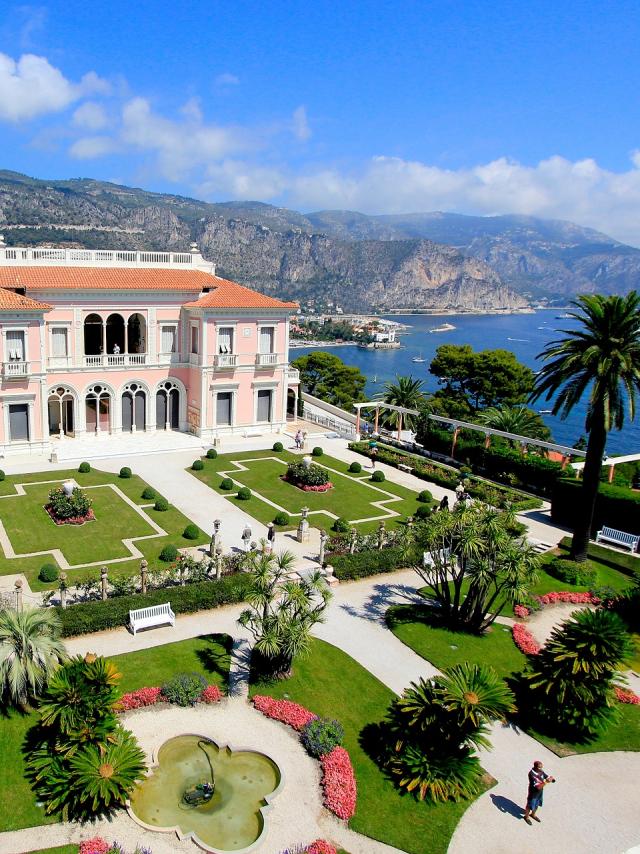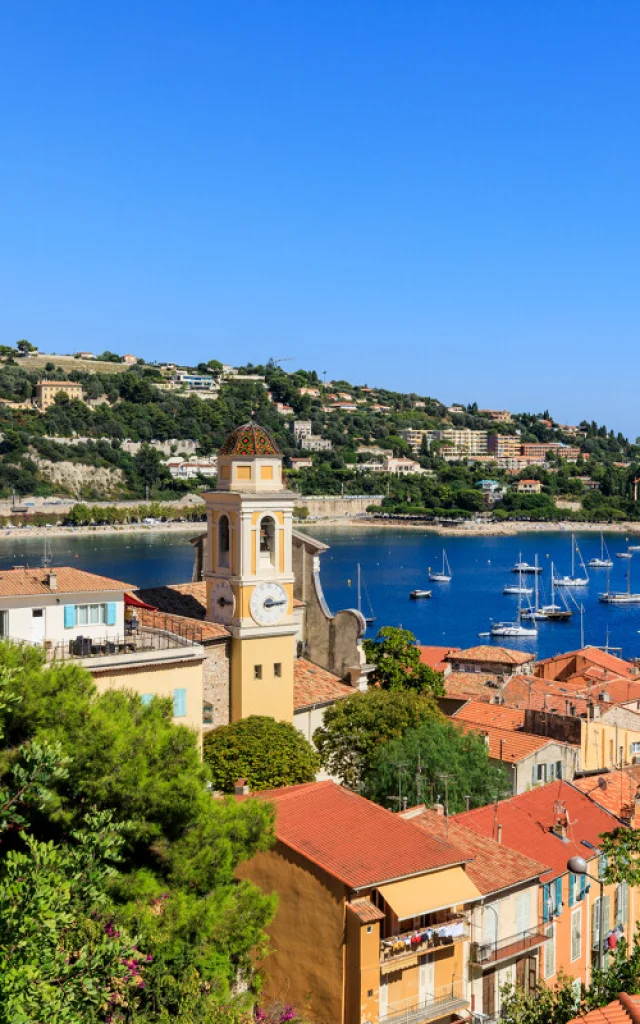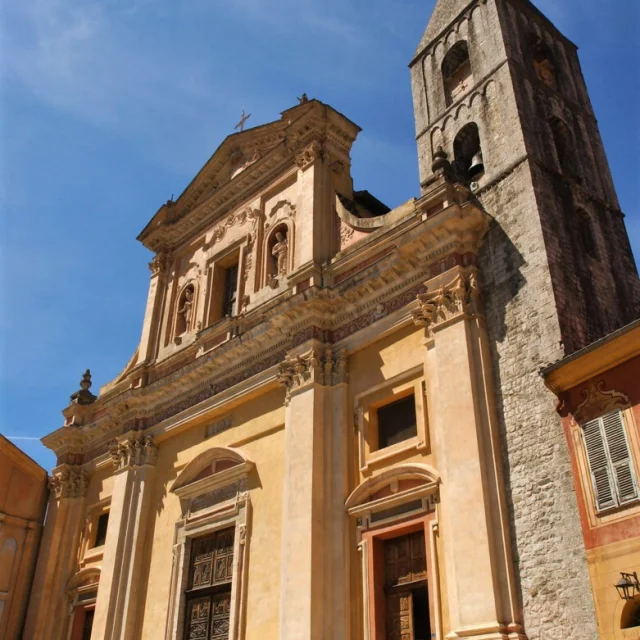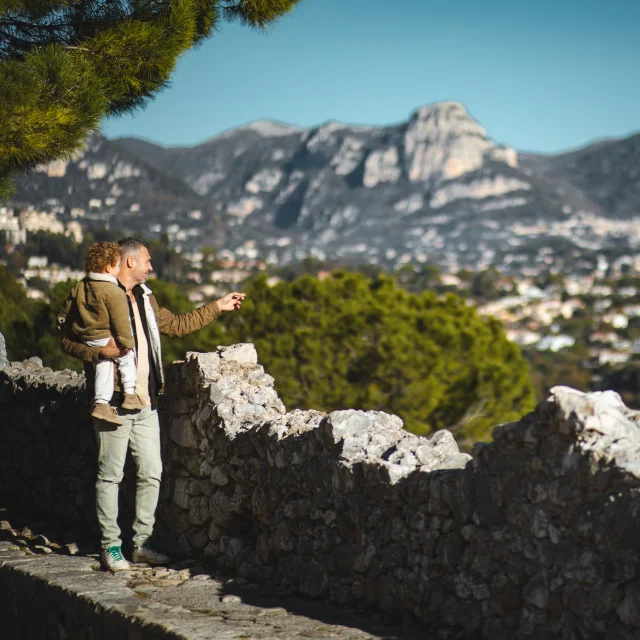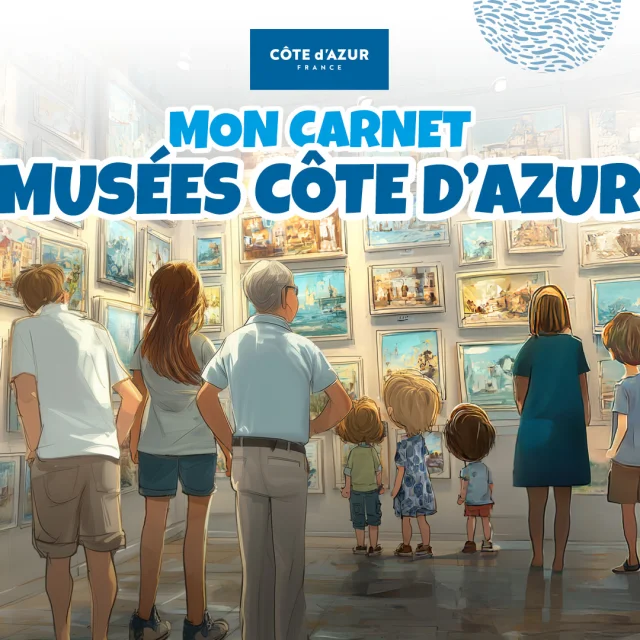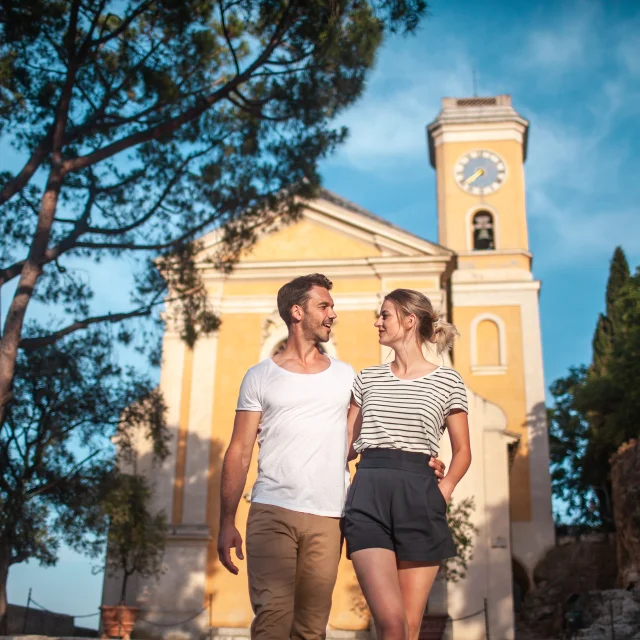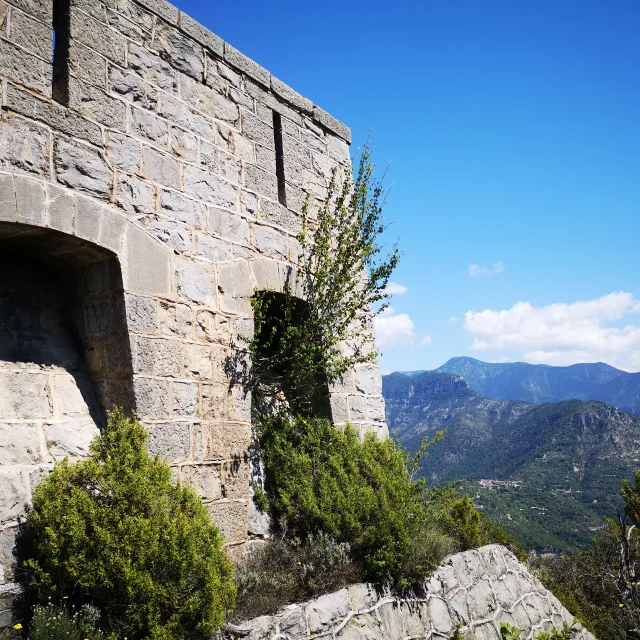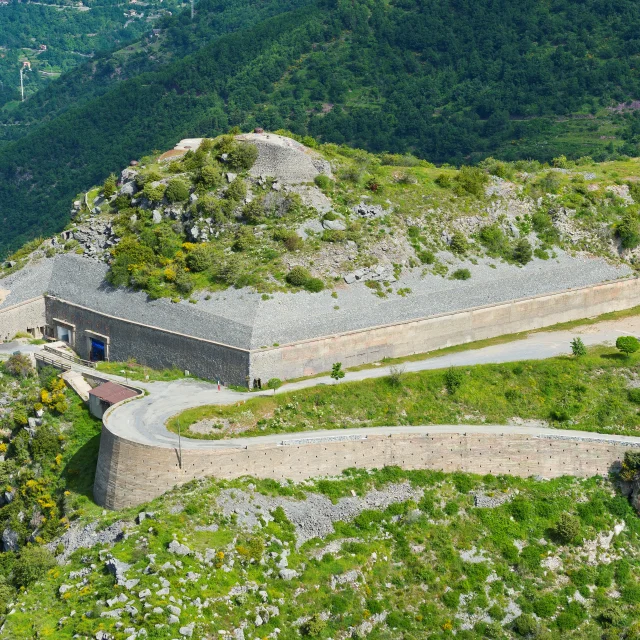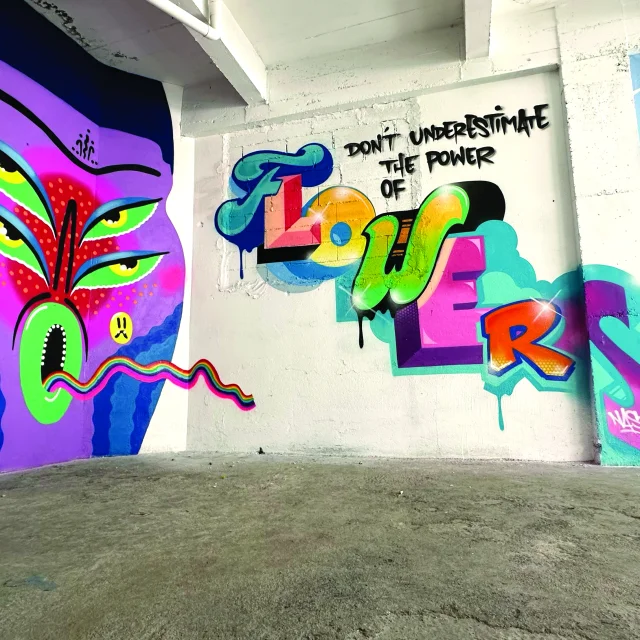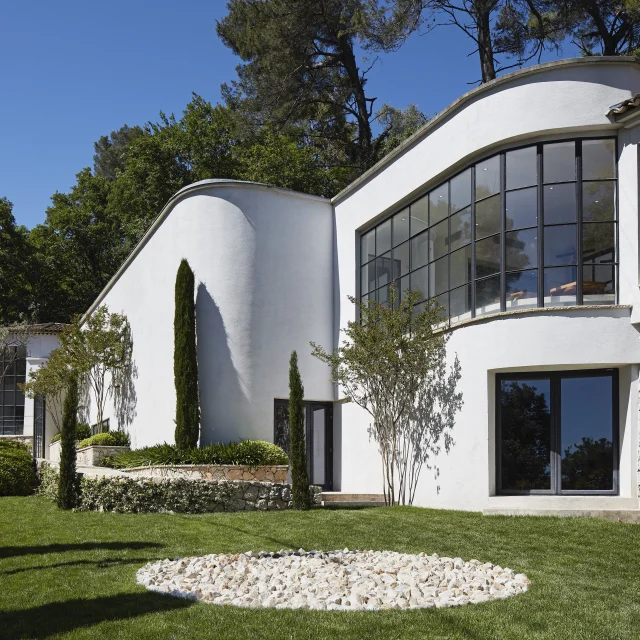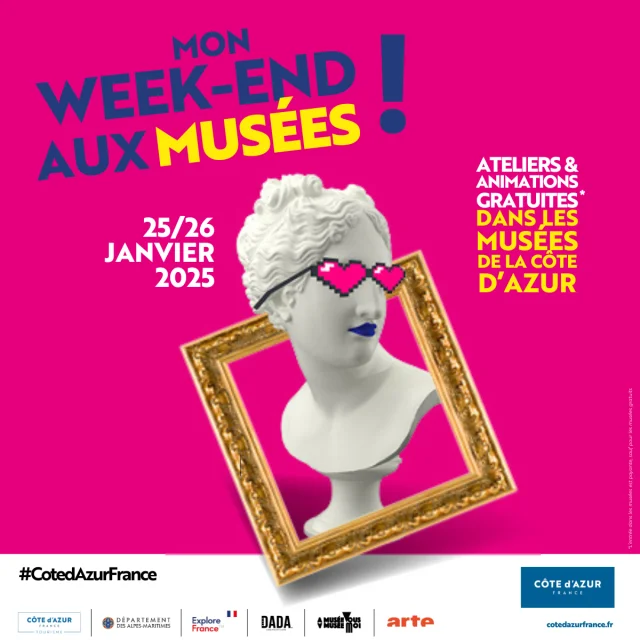The Baroque artistic movement
The Baroque artistic movement developed in Europe from the 16th century and lasted until the 18th century. It was characterised by a grandiose, luxurious and exuberant style, with curvilinear forms, bright colours and dramatic compositions. Baroque was influenced by the Catholic Counter-Reformation, which aimed to strengthen the Catholic religion in the face of the Protestant Reformation, and by the Renaissance, which brought a rediscovery of ancient art.
Baroque artists worked on religious, historical and mythological subjects, creating epic, moving and expressive works of art, with particular attention to detail and dramatisation. Emblematic works of the Baroque movement include Bernini’s Basilica of St Peter in Rome, Borromini’s Staircase of Honour in the Vatican and the paintings of Caravaggio. The movement also had a major influence on architecture, music and the decorative arts, leaving an indelible mark on the history of art.

